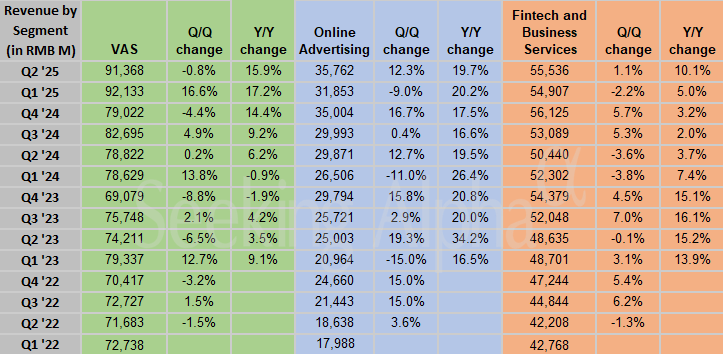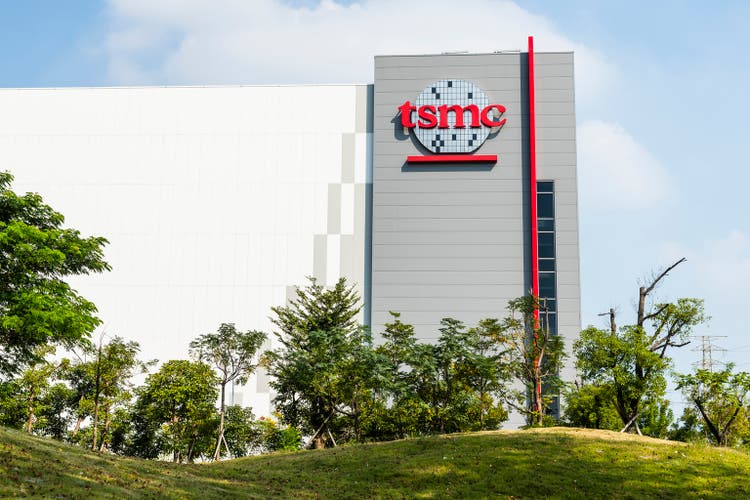Research confirmed what many workers had already suspected: Return-to-office mandates were often a thinly veiled headcount reduction.
But while forcing workers to choose whether they love remote working more than being employed, a survey shows bosses aren’t following their own mandates.
In fact, 93% of CEOs say they don’t go into the office full-time and have instead adopted flexible working patterns.
International Workplace Group’s survey of more than 500 U.K. chief executives reveals bosses are notably absent from the workplace—that is, despite a quarter believing that a return to the office full-time is a priority. Meanwhile, more than half of Fortune 100 desk workers have workplaces with fully in-office policies, according to new data from real estate company Jones Lang LaSalle Inc.
Although working from home makes employment more feasible for parents, pet owners, workers with disabilities, and those who can’t afford to live near the office, bosses have been calling staff back to their desks, often in the name of creativity and collaboration.
Yet only 7% of CEOs go into the office five days a week, according to IWG, compared with 64% for those with a salary below £30,000 ($38,000) who are expected to be in the workplace full-time.
Perhaps unsurprisingly, workers who have been stung by RTO mandates will likely be left reeling by the double standards of the findings—and CEOs know it.
The research found two-thirds of respondents know they would lose talented people if they insisted on their employees being present in a central office every day, as nine in 10 work flexibly themselves.
CEOs who don’t go to the office
Despite being notably absent from the workplace themselves, bosses have spent the best part of three years cracking down on office attendance.
Last year, Dell gave its workers literal red flags for not swiping their badge enough. Amazon put an end to “coffee badging” by setting a minimum-hour obligation on in-office days.
Other businesses went one step further and explicitly told their workforce to commute into the office or find somewhere else to work. Patagonia gave some 90 staff members just three days to decide whether they would relocate close to the office or quit their jobs.
Likewise, the gaming giant Roblox warned workers who can’t make it to the company’s physical office that they would have to find another job—as did the bosses at TikTok and Walmart.
Then there’s Amazon’s CEO Andy Jassy, who warned workers that if they can’t commit to the company’s mandate, then “it’s probably not going to work out for you.”
CEOs want to avoid commuting, but so do employees
Why don’t CEOs want to work more from the office? For the same reason as most: IWG’s research shows they want to avoid a long commute.
In reality, with inflation high but wages low, so too do unemployed Gen Z grads who are having to turn down job opportunities because they can’t afford the commute.
However, it’s those at the bottom end of the pay scale—who are most impacted by the costs associated with RTO mandates—who are also most likely to be asked to commute to the office.
While just 20% of businesses’ top-earners earning over £50,000 ($64,000) are expected to be in the office, this jumps to 64% for those with a salary below £30,000 ($38,000).
A version of this story originally published on Fortune.com on July 29, 2024
More on return-to-office:
- Employees are engaging in revenge RTO, but these small acts of defiance are the symptom of a bigger problem
- Forget about RTO—companies are getting distracted with mandates and screwing up these 5 core work practices
- More than 60% of workers have considered changing jobs due to rigid RTO policies and would take a pay cut for better flexible work options
This story was originally featured on Fortune.com

 18 hours ago
1
18 hours ago
1
















 English (US) ·
English (US) ·